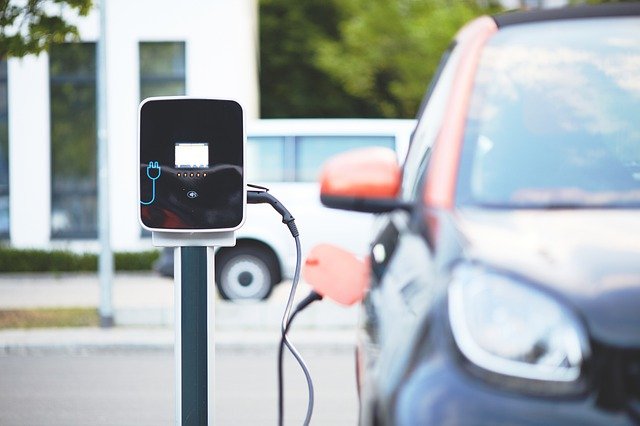
Electric vehicles (EVs) represent a pivotal shift in automotive technology, driven by a commitment to sustainability and innovation. A crucial aspect of their functionality lies in their electrical components—specifically, bare copper, PV wire, battery cables, and communication cables. Each of these components plays a vital role in the efficient operation of EVs. This article will explore these components in detail, explaining their functions and significance in the context of electric vehicles.
Bare Copper in Electric Vehicles
Bare copper, renowned for its excellent electrical conductivity, serves as a fundamental component in manufacturing electric vehicles. In EVs, bare copper primarily conducts electricity efficiently in the motor, optimizing its performance. Copper’s high conductivity ensures electric motors operate at peak efficiency, reducing energy loss. Additionally, copper enhances vehicle safety by providing a reliable pathway for electrical currents in battery connections and grounding systems.
PV Wire in Electric Vehicles
PV wire, also known as photovoltaic wire, withstands the harsh conditions of outdoor environments, making it suitable for solar-powered applications. In electric vehicles, PV wire supplements battery power when used with installed solar panels on the vehicle. The durability and resistance to temperature fluctuations make PV wire ideal for transmitting solar-generated electricity to the EV’s battery system. This integration helps extend the driving range of electric vehicles by harnessing solar energy, thereby reducing the dependency on electric charging stations.
Battery Cables in Electric Vehicles
Battery cables are crucial for the transmission of power from the EV’s battery to its various electrical systems, including the motor and the onboard electronics. These cables in electric vehicles (EVs) typically consist of highly conductive materials like copper or aluminum and have insulation to withstand the high voltages common in EV applications. The efficiency and safety of the power distribution system within the EV are directly impacted by the quality and specification of the battery cables, ensuring that power is delivered where needed without significant energy loss.
Communication Cables in Electric Vehicles
Communication cables in electric vehicles are integral to the vehicle’s internal network. They connect various sensors, controls, and actuators to the central computer system, facilitating seamless communication across the vehicle’s subsystems. These cables ensure that critical data regarding vehicle performance, safety systems, and driver inputs are transmitted promptly and accurately, enabling advanced features such as autonomous driving, efficient battery management, and real-time diagnostics.
Conclusion
The electrical components of electric vehicles, including bare copper, PV wire, battery cables, and communication cables, are foundational to the EV’s operation and efficiency. These components ensure that electric vehicles are not only environmentally friendly but also perform at high standards of efficiency and safety. As the EV market continues to evolve, the demand for high-quality, durable electrical components will undoubtedly increase, highlighting the need for ongoing innovations in materials and manufacturing processes to support the future of sustainable transportation.

